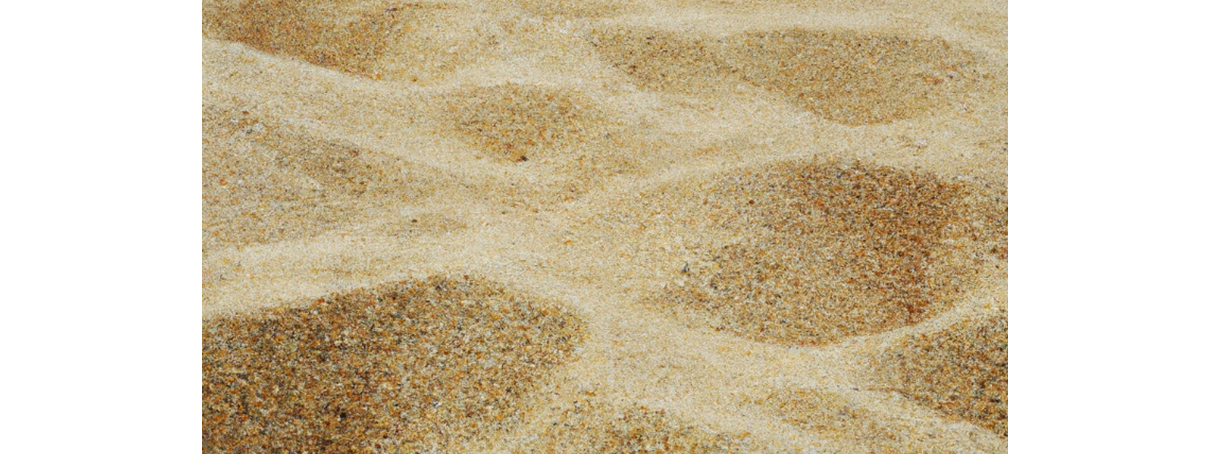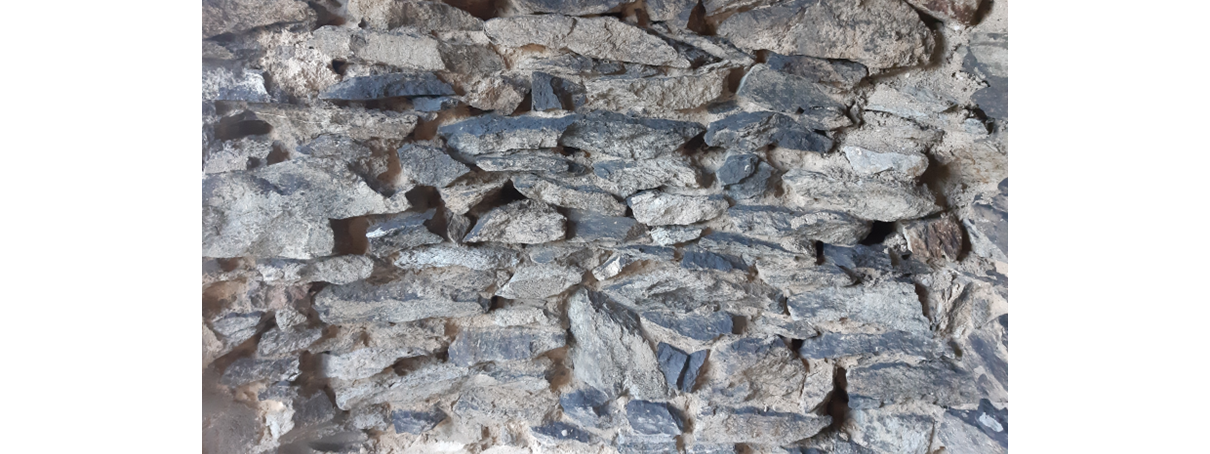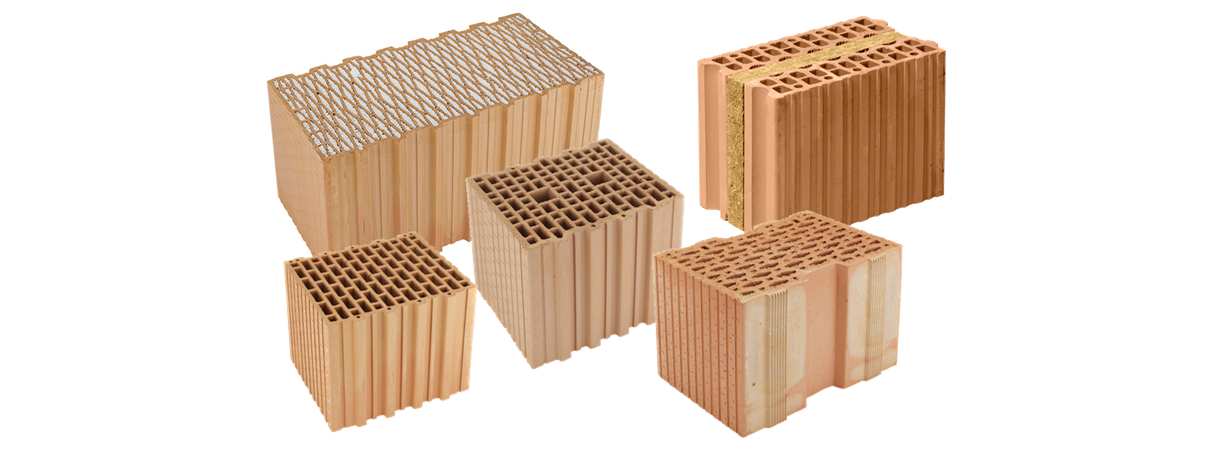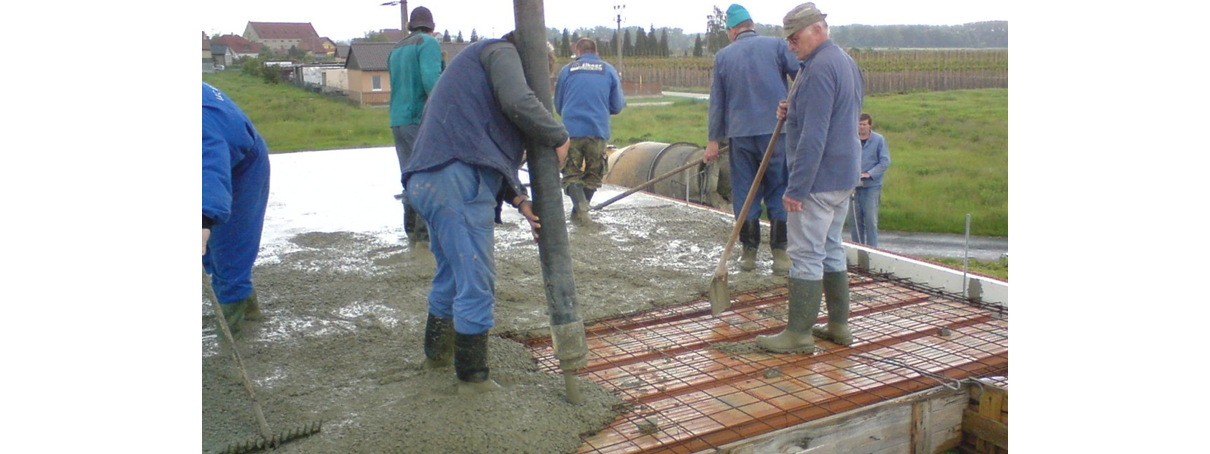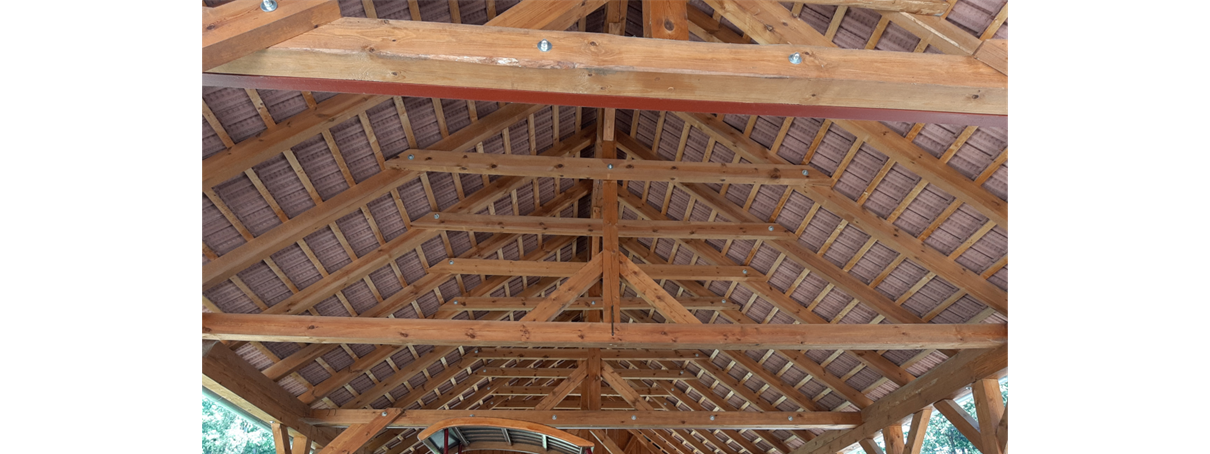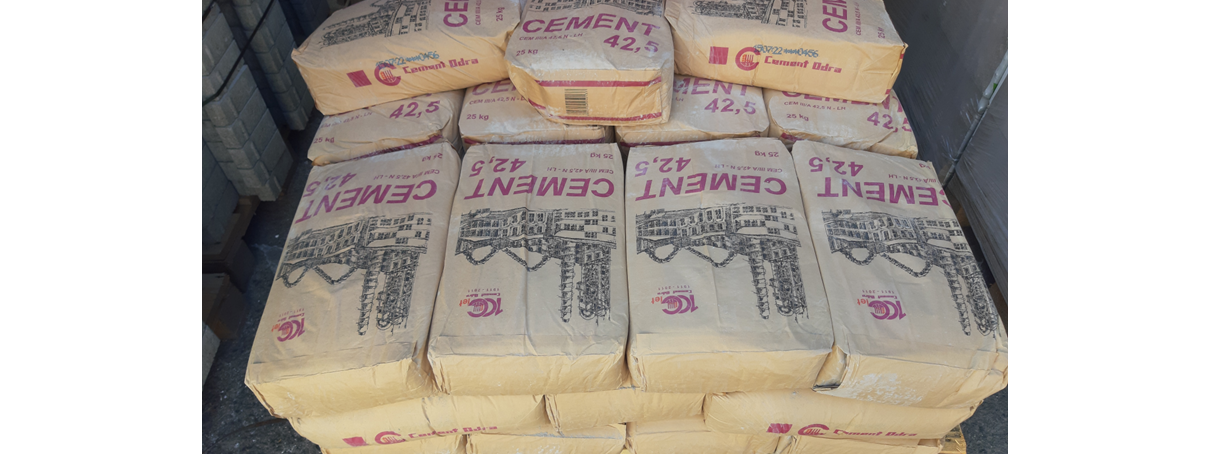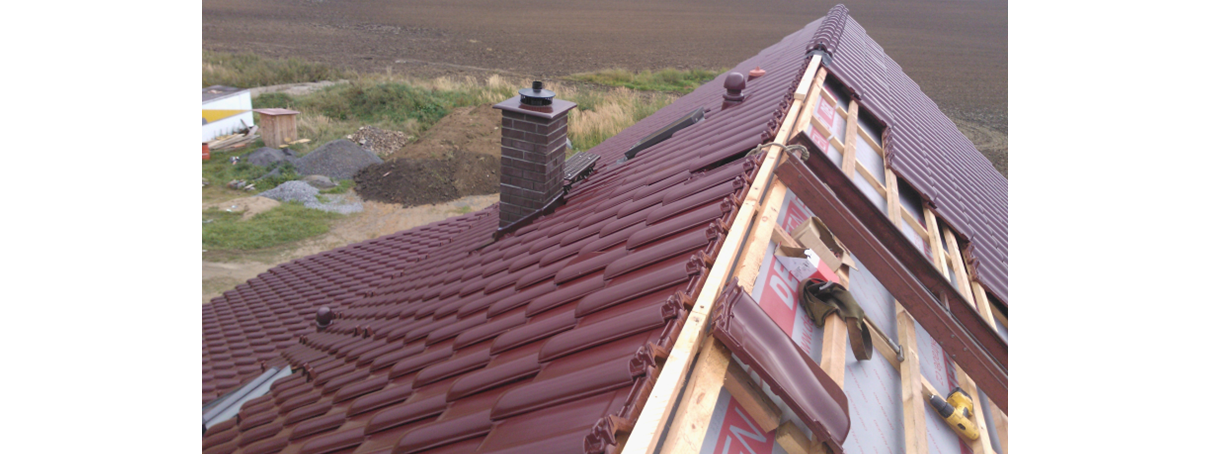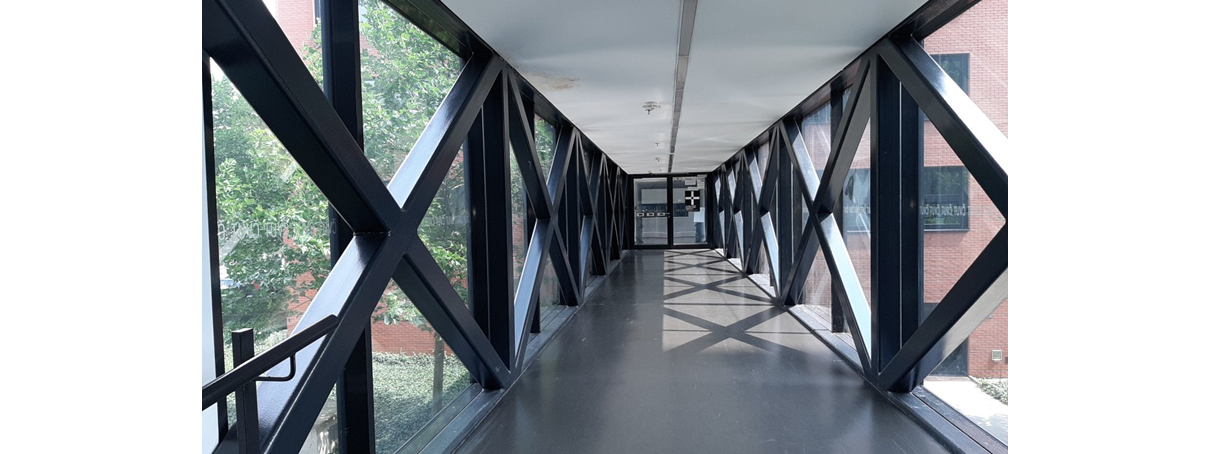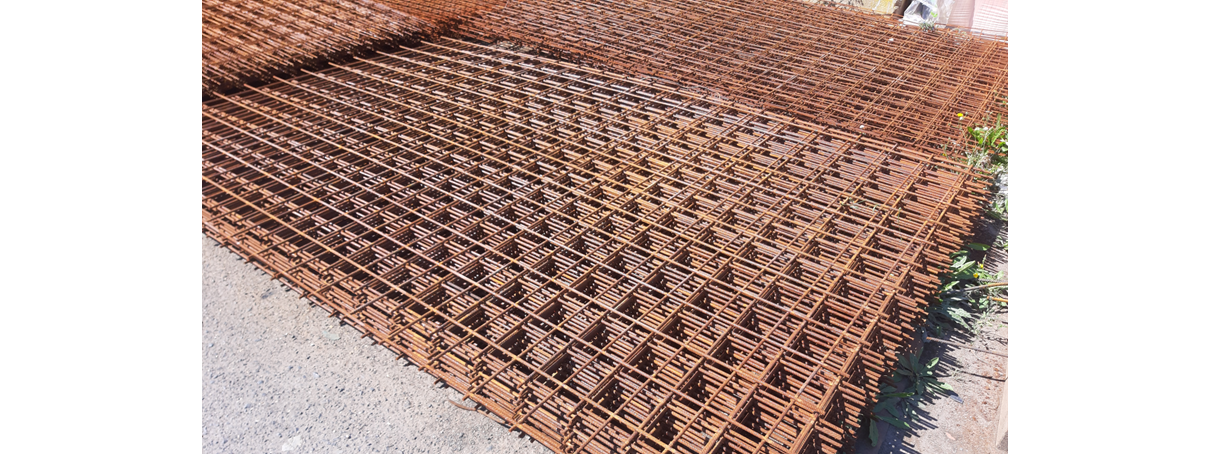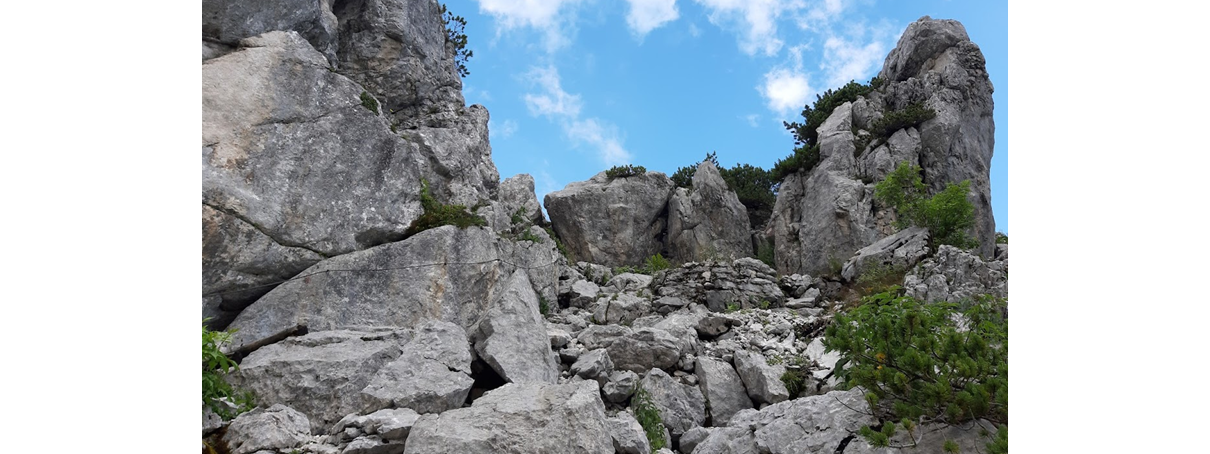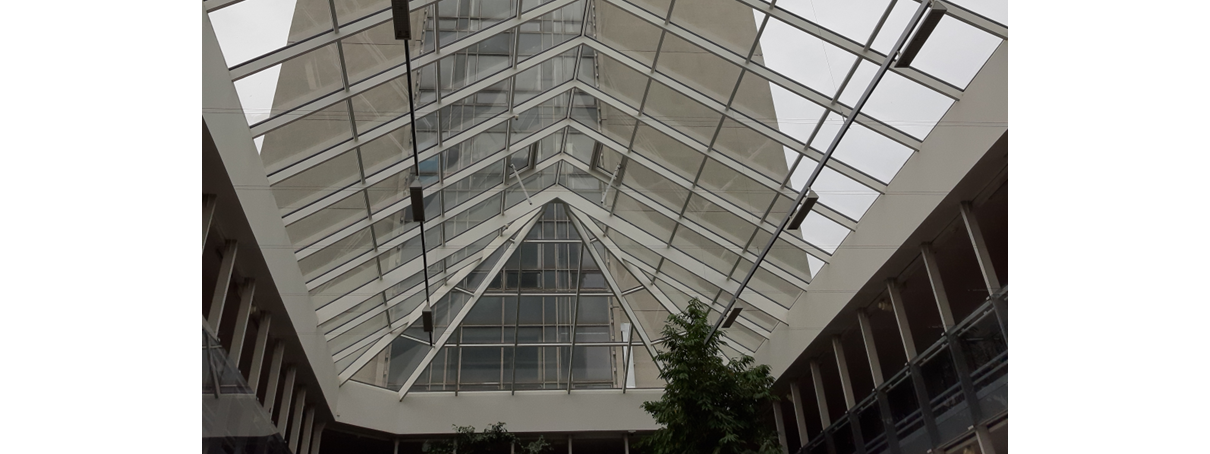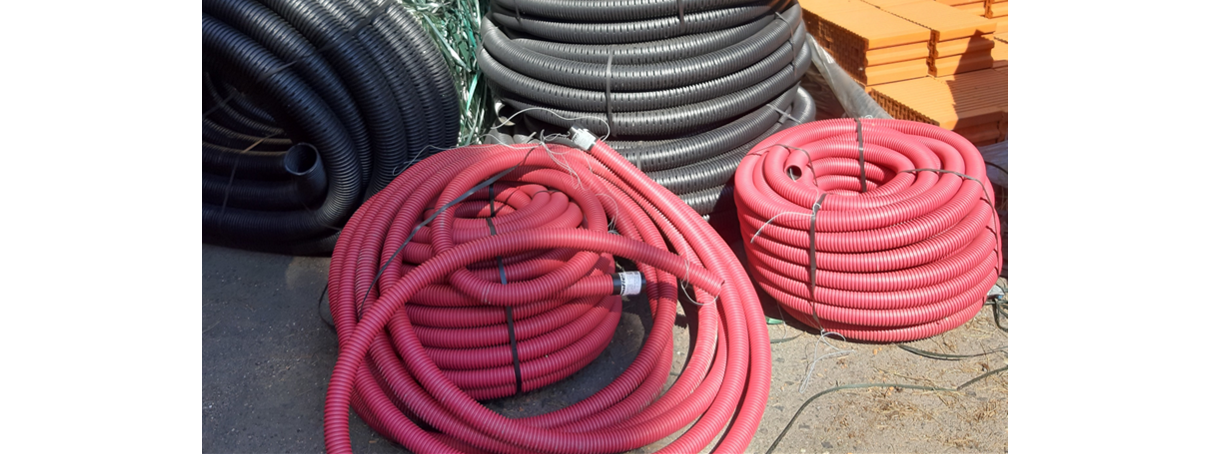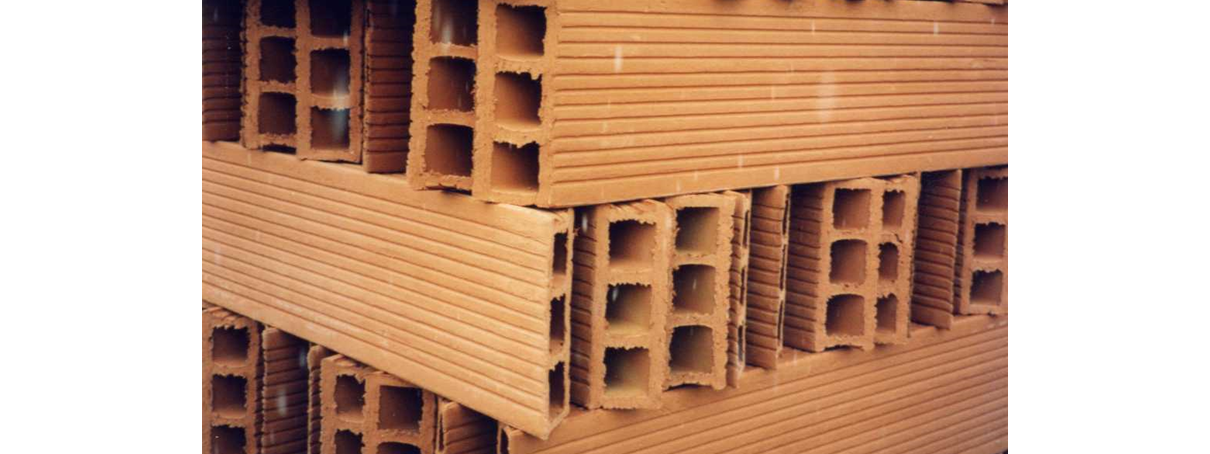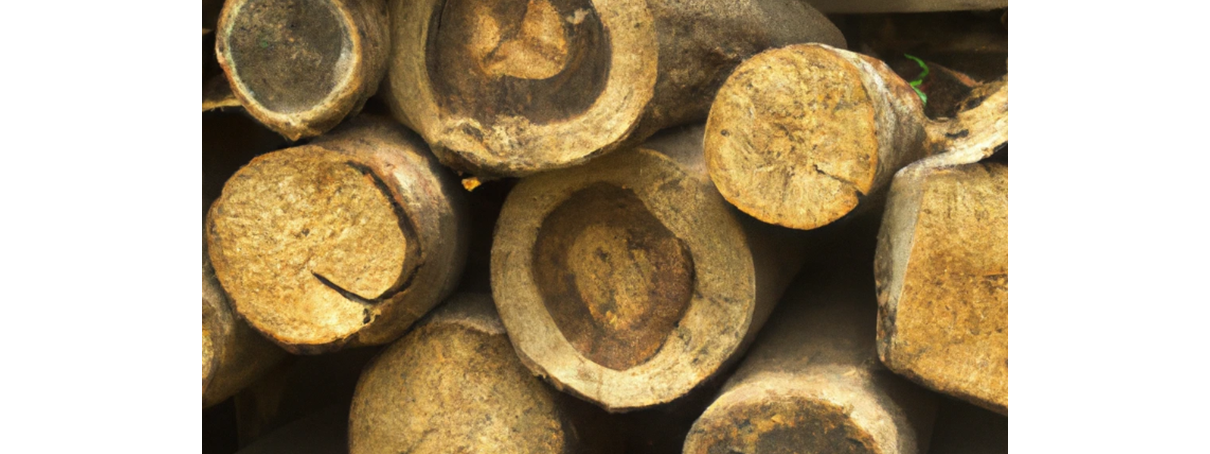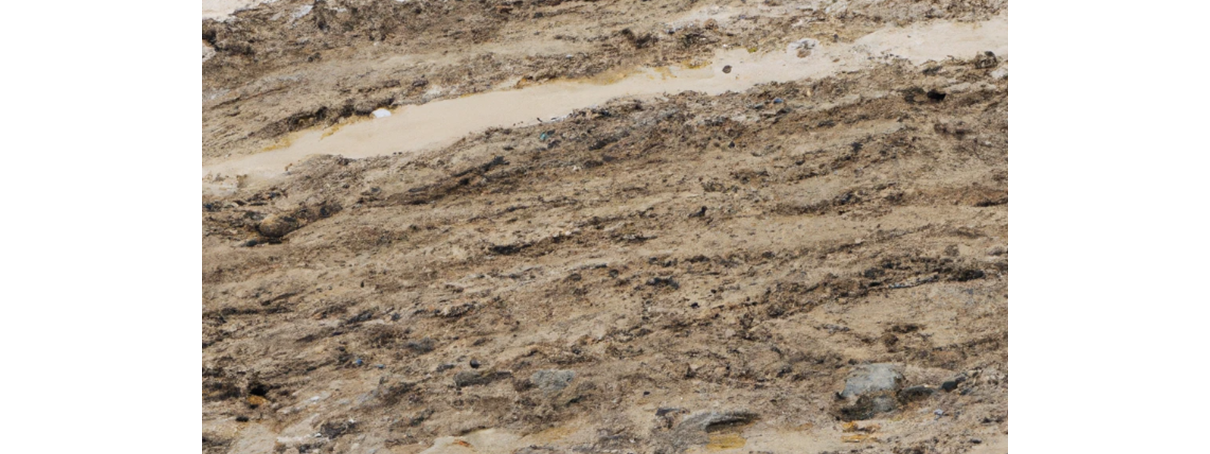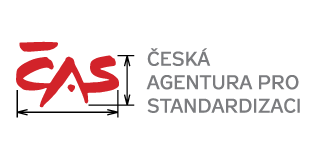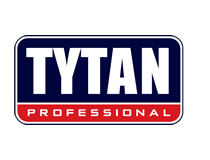Unit 4 – Building material
Grammar – Active x Passive
In active sentences, the thing doing the action is the subject of the sentence and the thing receiving the action is the object. Most sentences are active.
- Example: A bricklayer uses a trowel in his job every day.
In passive sentences, the thing receiving the action is the subject of the sentence and the thing doing the action is optionally included near the end of the sentence.
- Example: A trowel is used (BY a bricklayer) every day.
In other words, the most important thing or person becomes the subject of the sentence.
We often use the passive: when we prefer not to mention who or what does the action (for example, it's not known, it's obvious or we don't want to say).
|
Somebody cleans |
the room |
every day. |
|
↓ |
||
|
← |
← |
|
|
↓ |
||
|
The room |
is cleaned |
every day. |
Vocabulary
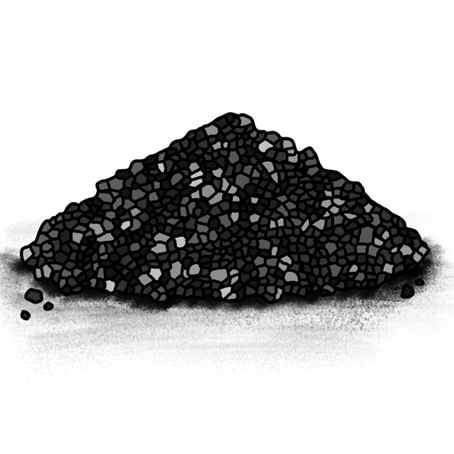
štěrk
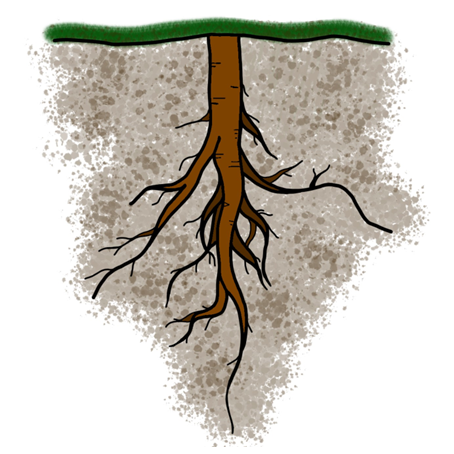
kořen
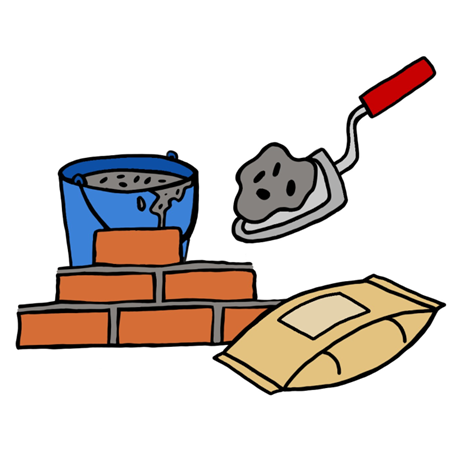
malta
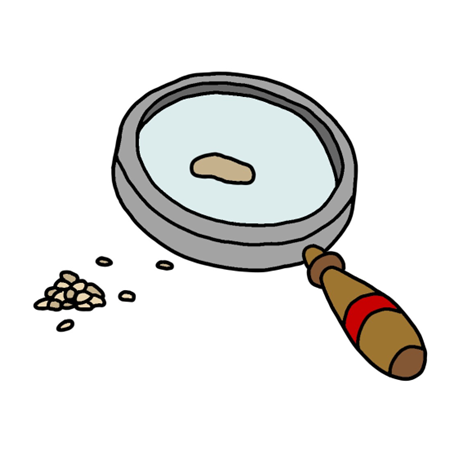
zrnko
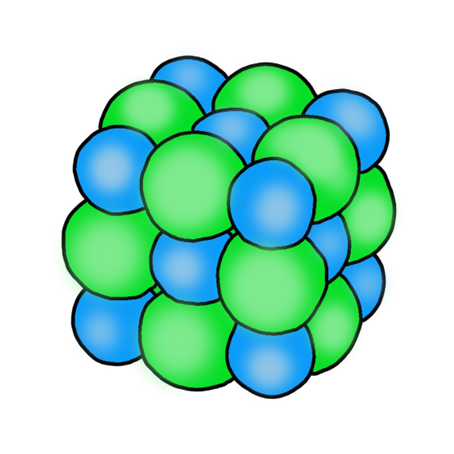
pevný
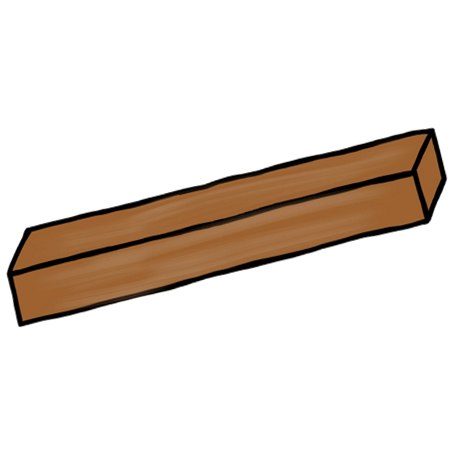
trám
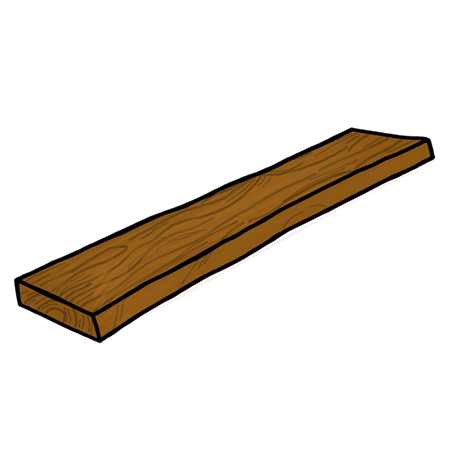
prkno
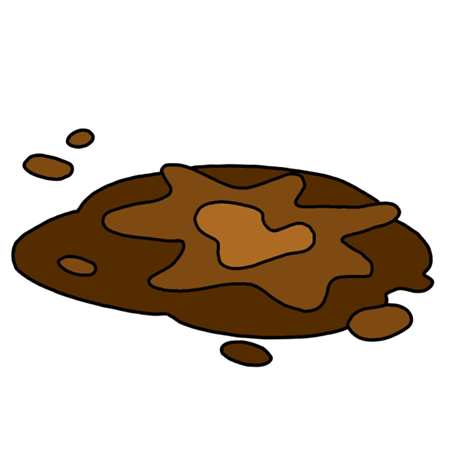
bahno
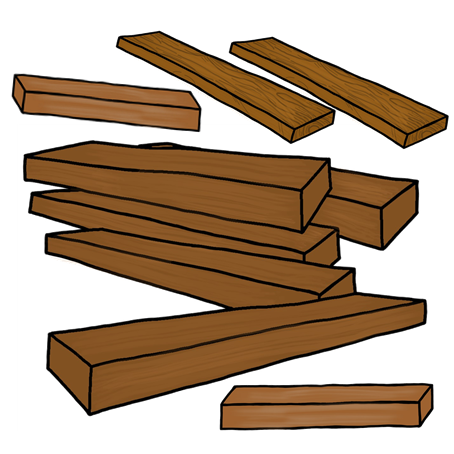
stavební dřevo
Exercise
1. Connect words with their definitions:
UNIT 4 – Connect words with their definitions:
1. firm and stable in shape; not liquid or fluid:
2. a small, hard seed:
3. a long thick straight-sided piece of wood, metal, concrete, etc:
4. soft, sticky matter resulting from the mixing of earth and water:
5. a mixture of sand, water, and cement or lime that is used to join bricks or stones to each other when building walls:
6. a long, thin, flat piece of timber:
7. the part of a plant that grows down into the earth to get water and food and holds the plant:
8. wood prepared for use in building and carpentry:
9. very small, rounded stones, often mixed with sand:
Vyhodnocení
chyb
Vaše odpovědi
1. firm and stable in shape; not liquid or fluid:
2. a small, hard seed:
3. a long thick straight-sided piece of wood, metal, concrete, etc:
4. soft, sticky matter resulting from the mixing of earth and water:
5. a mixture of sand, water, and cement or lime that is used to join bricks or stones to each other when building walls:
6. a long, thin, flat piece of timber:
7. the part of a plant that grows down into the earth to get water and food and holds the plant:
8. wood prepared for use in building and carpentry:
9. very small, rounded stones, often mixed with sand:
2. Reading text:
vyskytovat se
látka, materiál
listy
zavedené odvětví (průmyslu)
vyžadovat, požadovat
úprava, zpracování
Building material is material used for construction. Many naturally occurring substances, such as clay, rocks, sand, wood, and even twigs and leaves, are used to construct buildings. Apart from natural materials, many man-made products are in use, some more and some less synthetic. The manufacturing of building materials is an established industry in many countries.
Wood, cement, metals, bricks, concrete, clay are the most common type of building material used in construction. The choice of these are based on their cost effectiveness for building projects.
Building materials are generally divided into two categories: Natural building materials such as stone and wood, and Man-made building materials such as concrete and steel. Both categories usually require a certain level of preparation or treatment before they are used in a structural application.
2.1 Answer some questions:
- Which other materials, apart from natural, are used for construction?
- Into how many categories are building materials generally divided?
- Into which category do stone and wood belong (belong = patří)?
2.2 Translate some sentences:
- Dřevo, kovy, cihly, beton a jíl jsou nejběžnější typy stavebního materiálu.
- Výroba stavebního materiálu je v mnoha zemích zavedené odvětví průmyslu.
3. Pictures with definitions
slitina
elementární částice
tkáň
kmen
vláknitý
hmota
půda
hlína (humusovitá, písčitá)
naplavenina
lesklý
Sand
What is sand?
Granular material composed of finely divided rocks, and mineral particles.
Stone
What is stone?
Earth, or mineral matter hardened in a mass.
Bricks
What are bricks?
Man-made rectangular blocks used to form parts of buildings, mostly walls.
Concrete
What is concrete?
Mixture created using sand, gravel, cement, and water.
Wood
What is wood?
A natural fibrous structural tissue found in stems and roots of trees.
Cement
What is cement?
A fine powdery substance mixed with water and other substances to make mortar, or concrete.
Clay
What is clay?
Soft, earthy material containing particles with a grain size of less than four micrometre.
Metal
What are metals?
Highly strong, lustrous, and shiny, these substances are formed naturally below the surface of Earth.
Steel
What is steel?
Alloy made of iron with a few tenths of a percent of carbon to improve its strength and fracture resistance.
Rock
What is rock?
Naturally occurring and coherent aggregate of one or more minerals are known as rocks.
Glass
What is glass?
Inorganic, solid, and non-crystalline material, transparent in appearance.
Plastic
What is plastic?
Synthetic materials made from various organic polymers like polyvinyl chloride, polyethylene, nylon, etc.
Ceramic
What is ceramic?
Inorganic, non-metallic solid made of metal or non-metal compounds; shaped and hardened by heating at high temperatures.
Timber
What is timber?
Wood processed into beams and planks to be used in buildings.
Mud
What is mud?
Mixture of soil, loam, silt, or clay with water.
3.1 Answer some questions – YES or NO:
UNIT 4_3.1 Answer some questions – YES or NO:
1. Is concrete a fine powdery substance mixed with water and other substances to make mortar, or concrete.
2. Is alloy: a metal made by combining two or more metallic elements, especially to give greater strength or resistance to corrosion. "an alloy of nickel, bronze, and zinc"
3. Is glass organic?
4. Is timber soft, earthy material containing particles with a grain size of less than four micrometre?
Vyhodnocení
chyb
